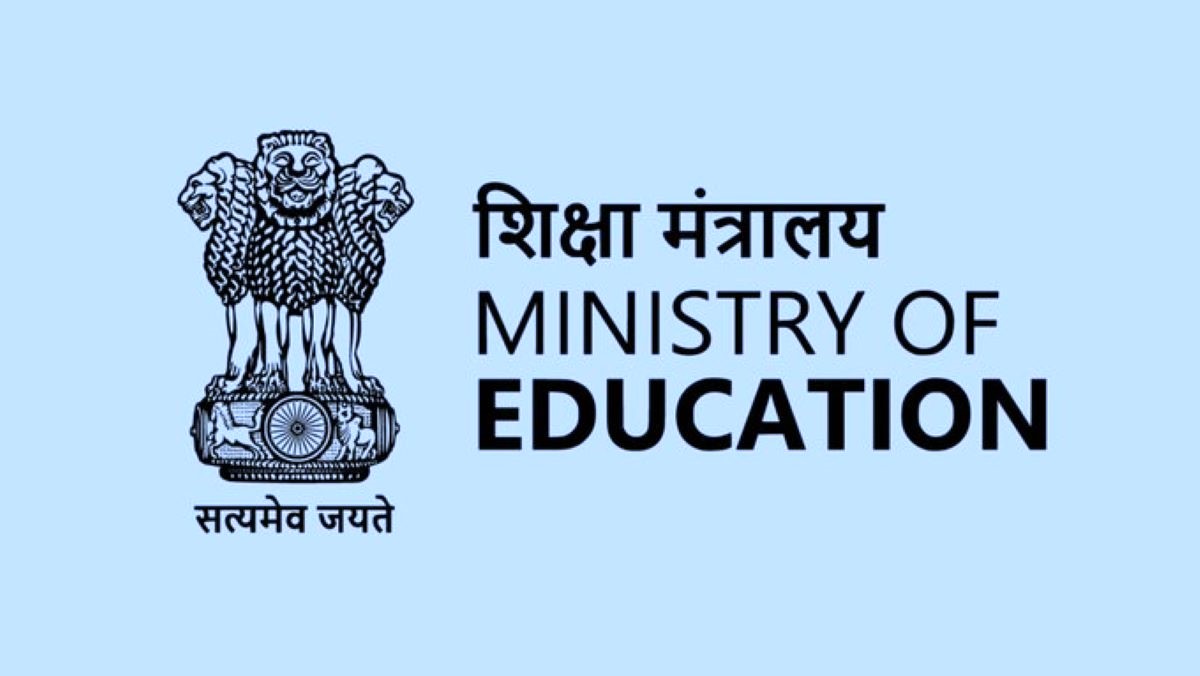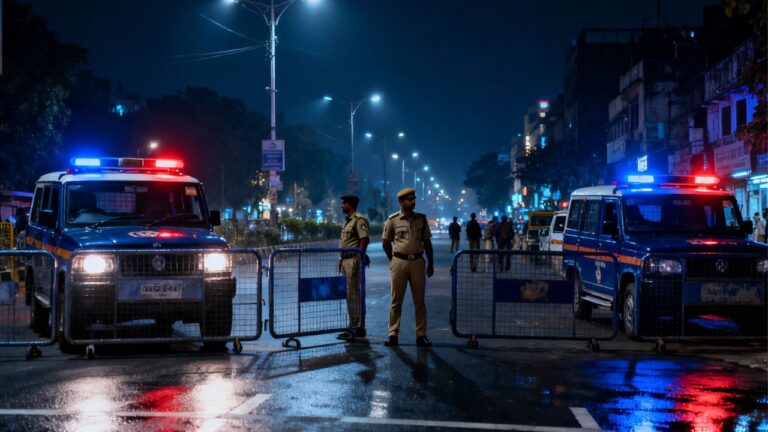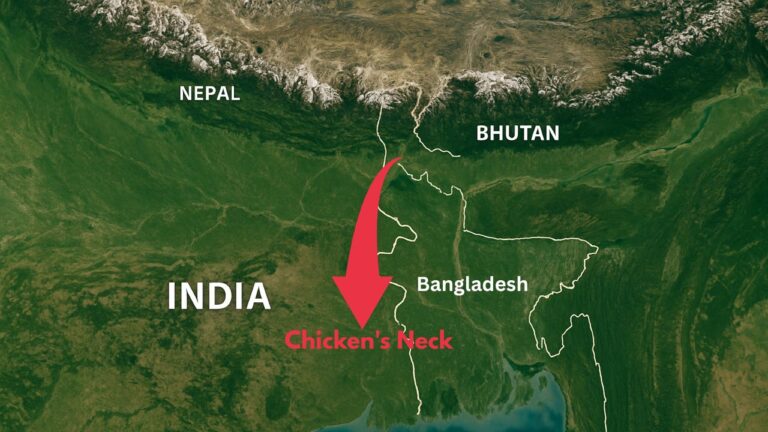
PGI-D: Ministry of Education Releases Report on Performance Grading Index for Districts
The Department of School Education and Literacy (DoSE&L), under the Ministry of Education, has recently unveiled the Performance Grading Index for Districts (PGI-D) combined report for the academic years 2020-21 and 2021-22. This comprehensive report assesses the performance of the school education system at the district level by creating an index that allows for in-depth analysis.
India boasts one of the largest education systems globally, with approximately 14.9 lakh schools, 95 lakh teachers, and nearly 26.5 crore students from diverse socio-economic backgrounds. In its efforts to evaluate the quality of education, DoSE&L introduced the Performance Grading Index (PGI) for states, with reports spanning from 2017-18 to 2020-21.
Building on the success of the state-level PGI, a district-level PGI (PGI-D) has been developed, utilizing 83 indicators to grade the performance of all districts within the realm of school education. Districts are required to fill in their data through an online portal, enabling state education departments to identify gaps at the district level and facilitate targeted improvements in a decentralized manner. The PGI-D report for the years 2018-19 and 2019-20 has already been released, and the current report covers the combined period of 2020-21 and 2021-22.
The PGI-D framework is composed of a total weightage of 600 points spread across 83 indicators, which are categorized under six main areas: Outcomes, Effective Classroom Transaction, Infrastructure Facilities & Student’s Entitlements, School Safety & Child Protection, Digital Learning, and Governance Process.
These categories are further divided into 12 domains, namely Learning Outcomes and Quality (LO), Access Outcomes (AO), Teacher Availability and Professional Development Outcomes (TAPDO), Learning Management (LM), Learning Enrichment Activities (LEA), Infrastructure, Facilities, Student Entitlements (IF&SE), School Safety and Child Protection (SS&CP), Digital Learning (DL), Funds convergence and utilization (FCV), Enhancing CRCs Performance (CRCP), Attendance Monitoring Systems (AMS), and School Leadership Development (SLD).
Based on the PGI-D assessment, districts are assigned one of ten grades. The highest achievable grade is called Daksh, which is awarded to districts scoring over 90% of the total points in a particular category or overall. On the other end of the spectrum, the lowest grade is known as Akanshi-3, given to districts that score up to 10% of the total points. The ultimate objective of the PGI-D is to assist districts in identifying areas that require intervention and improvement in the field of school education, thereby enabling them to strive for the highest grade.
The Performance Grading Index for Districts serves as a valuable tool for policymakers and education authorities, providing them with insights into the strengths and weaknesses of the school education system at the district level. By utilizing this information, stakeholders can focus their efforts on specific areas for intervention and improvement, ultimately leading to the enhancement of the overall quality of education in India.
PGI-D combined report for 2020-21 & 2021-22 can be accessed at https://www.education.gov.in/statistics-new?shs_term_node_tid_depth=396&Apply=Apply






